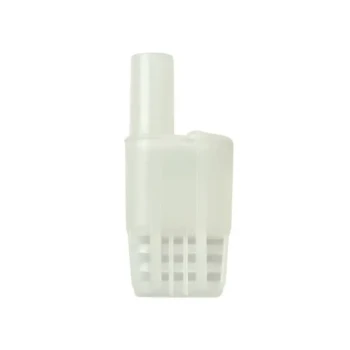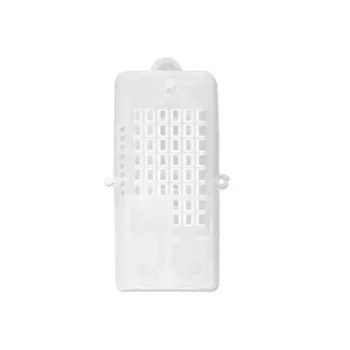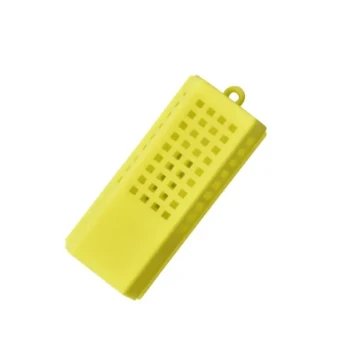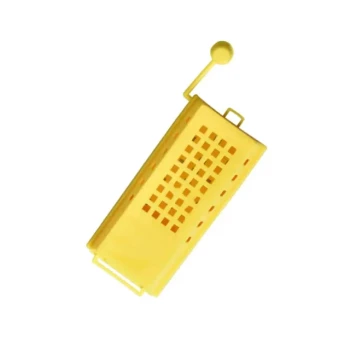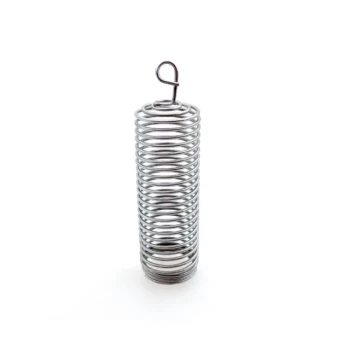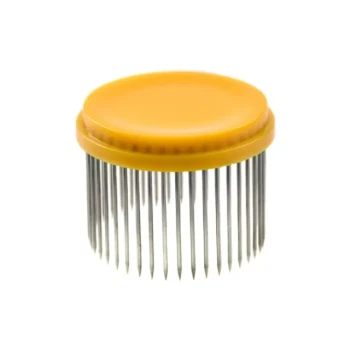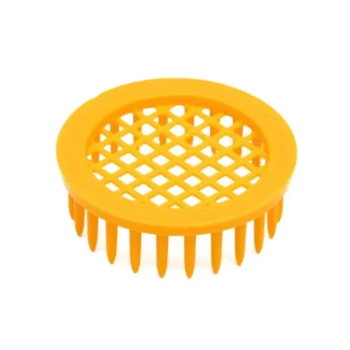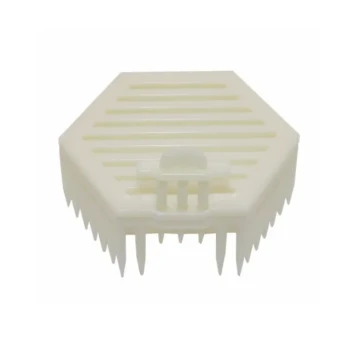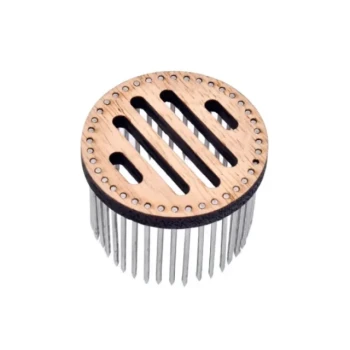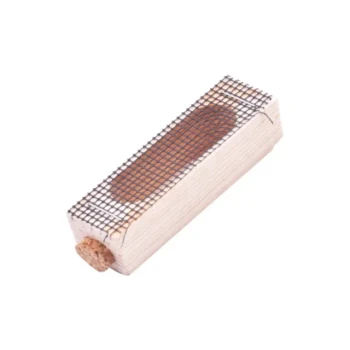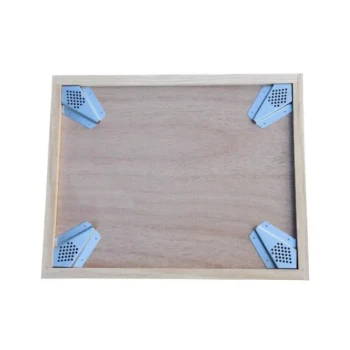Yes, queen cages can absolutely be reused. Reusing cages is a common, cost-effective, and sustainable practice among beekeepers, provided they are meticulously cleaned and sanitized between uses to prevent the spread of disease and ensure the new queen's acceptance.
Reusing queen cages is a sound practice, but its success hinges entirely on one non-negotiable factor: rigorous sanitation. Skipping this step risks introducing pathogens and foreign pheromones, jeopardizing the very colony you aim to support.
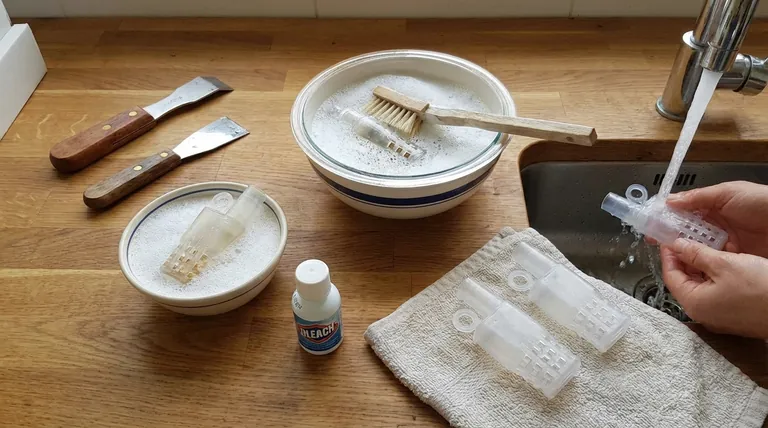
Why Reuse Queen Cages?
Reusing equipment is a practical decision for many beekeepers. The benefits go beyond simple convenience and align with the core principles of efficient apiary management.
Cost-Effectiveness
Purchasing new cages for every queen introduction adds up over time. Reusing cages significantly reduces this recurring operational cost, especially for larger-scale beekeeping operations.
Sustainability
Most queen cages are made of plastic. By cleaning and reusing them, you minimize plastic waste and reduce the environmental footprint of your apiary.
The Critical Step: A Protocol for Cleaning and Sanitization
The primary risk of reusing a queen cage is the transmission of pathogens or problematic pheromones from one colony to another. A thorough cleaning process mitigates this risk almost entirely.
Step 1: Remove All Physical Debris
First, you must remove all propolis, wax, and leftover candy plug. A small hive tool or scraper works well for this task.
Pay close attention to the small gaps and mesh areas where contaminants can hide. Soaking the cages in hot water can help soften stubborn propolis and candy.
Step 2: Sanitize to Eliminate Pathogens
After physical cleaning, the cage must be sanitized. This step kills microscopic threats like bacteria, viruses, and fungal spores (e.g., American Foulbrood spores).
A common method is to soak the cages in a 1:10 bleach-to-water solution for at least 20 minutes. After soaking, rinse them thoroughly with clean water and allow them to air dry completely before the next use.
Understanding the Risks and Pitfalls
While reusing cages is beneficial, cutting corners on the process can lead to serious problems. Understanding these risks reinforces the importance of a proper cleaning protocol.
The Danger of Disease Transmission
An improperly cleaned cage can act as a vector, transferring diseases from a weak or infected hive to a healthy one. This is the single most significant risk and the primary reason for a strict sanitation process.
The Impact of Residual Pheromones
A used cage retains the pheromones of the previous queen and colony. If not properly cleaned, these lingering scents can confuse the new colony and may lead to a slower acceptance or even outright rejection of the new queen.
Considering Colony Temperament
While not directly related to the cage itself, always consider the receiving colony's size and temperament. A very large or defensive colony may require a slower, more careful introduction process, regardless of whether the cage is new or reused.
Making the Right Choice for Your Goal
Your decision to reuse cages should be guided by your operational goals and commitment to hive health.
- If your primary focus is maximum biosecurity: Always use a new cage when introducing a queen into a particularly valuable colony or if you have any suspicion of disease in your apiary.
- If your primary focus is sustainability and cost-management: Reusing cages is a perfectly safe and effective strategy, as long as you adhere to a strict and consistent cleaning and sanitization protocol every time.
By implementing a diligent sanitation process, you can reuse queen cages confidently, supporting the health of your apiary and the efficiency of your practice.
Summary Table:
| Pros of Reusing Queen Cages | Cons of Improper Reuse |
|---|---|
| Significant cost savings for beekeepers | Risk of transmitting diseases (e.g., American Foulbrood) |
| Reduces plastic waste, promoting sustainability | Residual queen pheromones can cause new queen rejection |
| Common and practical for efficient apiaries | Requires a strict, non-negotiable cleaning protocol |
Ensure the health of your apiary with reliable, high-quality equipment from HONESTBEE.
For commercial apiaries and beekeeping equipment distributors, a consistent supply of durable, easy-to-clean beekeeping supplies is crucial for operational efficiency and biosecurity. Our wholesale-focused operations provide the equipment you need to manage your hives successfully.
Contact HONESTBEE today to discuss your wholesale supply needs and keep your beekeeping practice thriving.
Visual Guide
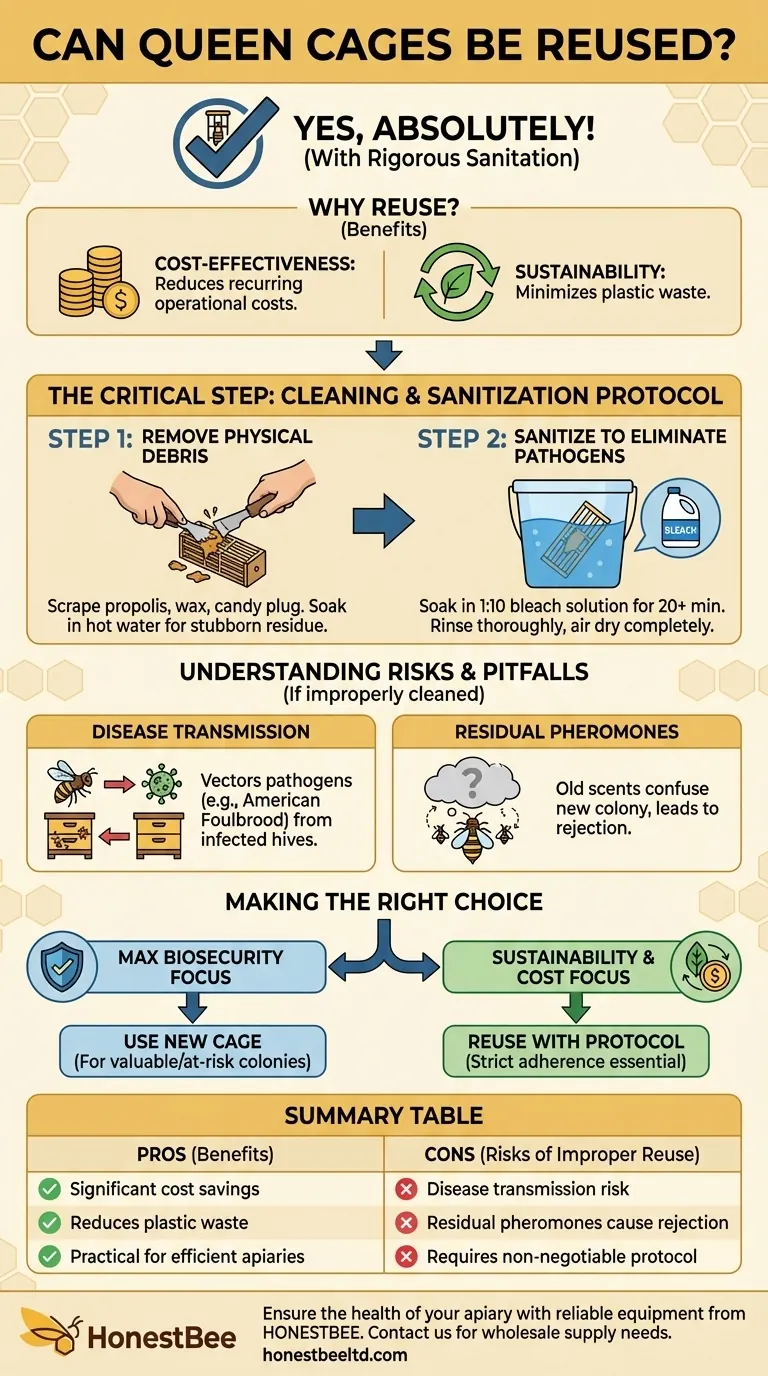
Related Products
- Multi-Function Queen Roller Cage and Catcher
- Professional Multi-Functional Queen Bee Cage
- Professional Multi-Compartment Queen Cage with Sliding Lid
- Professional Queen Cage with Sliding Gate and Feeder Plug
- Durable Galvanized Steel Spring Queen Bee Cage
People Also Ask
- How do you check if the queen has been released after installation? A Guide to Successful Queen Acceptance
- What are the steps for installing a queen using a shipping cage? A Guide to Successful Queen Introduction
- When are queen cages typically used in beekeeping? Ensure a Successful Queen Introduction
- What are common problems during queen introduction? Ensure Hive Acceptance and Queen Survival
- What are the consequences of an early-emerging virgin queen? Prevent Hive Chaos and Protect Your Queen Line
